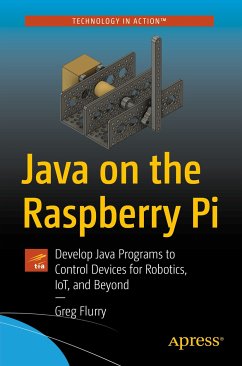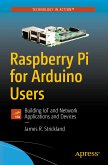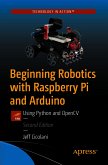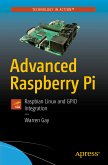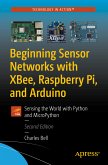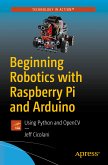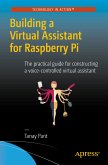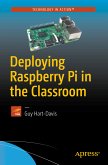Use Java to do whatever you want to do with the Raspberry Pi and the devices you need for your project. In theory, it should be possible, and even easy, to work with on the Pi. Unfortunately, reality is a bit different. This book features an extensive set of techniques that allow you to get close to bringing this theory to fruition.
You'll review some limitations on using Java imposed by the Raspberry Pi and Raspberry Pi OS, and even Java itself, and examine which ones might apply to your projects and your devices. You'll also explore solutions to address the limitations and l look at efficient development of Java for the Raspberry Pi.
Java on the Raspberry Pi shows how to interact with a range of devices useful in robotics and IOT, overcoming the hurdles in doing so. It also covers off-loading work from the Raspberry Pi to an Arduino, leveraging its close-to-real time capabilities.
Youwill:
- Develop with Java remotely using NetBeans
- Leverage available libraries to enable device interaction, and what to do if they don't work
- Implement multi-processing, using an Arduino as a co-processor
- Build sophisticated projects with multiple threads of execution, multiple processes, and even multiple systems
Dieser Download kann aus rechtlichen Gründen nur mit Rechnungsadresse in A, B, BG, CY, CZ, D, DK, EW, E, FIN, F, GR, HR, H, IRL, I, LT, L, LR, M, NL, PL, P, R, S, SLO, SK ausgeliefert werden.

